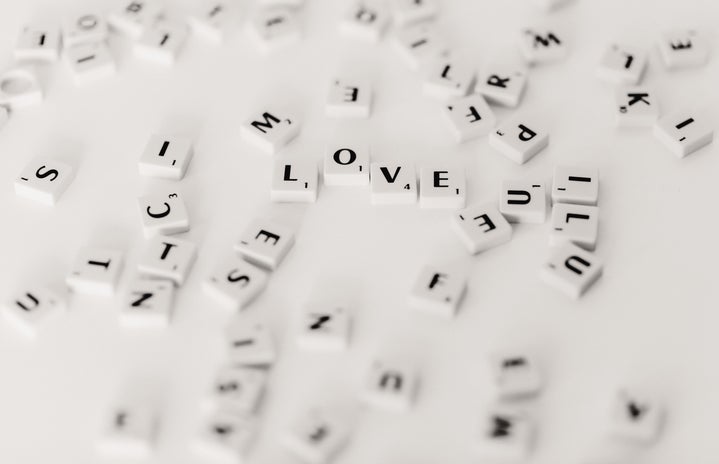Anxious-avoidant relationships are defined by one party being anxious and seeking more attention and reassurance, while the other tends to shy away and values personal space and time away from their partner. When these two types of people then get together, it can be a recipe for disaster. This relationship seems to be characterized by incompatibilities, which may be a perfect storm of hasty reactions that set off the other. Yet, anxious-avoidant relationships remain one of the most prominent attachment types seen in relationships today. This article walks through some strategies to navigate this type of relationship.
In this type of relationship, being the anxious party is a mental battle. Many times these people find themselves terrified that their partner is getting ready to leave them and can’t fully talk themselves out of this worry. When that worry is unjustified, it makes them feel guilty for doubting their partner. They may find themselves asking their partner over and over again if everything is okay only to then feel guilty all over again about being overbearing. When paired with someone who tends to withdraw at times of vulnerability it can seem like they are sabotaging the relationship even though they’d do anything to keep it safe.
Communication is hailed as the cure-all to these types of problems, and while it plays arguably the most important role in keeping a relationship healthy in the long term, sometimes it can act as a barrier for less consequential issues. If you approach an avoidant partner to “have a talk” any time a problem occurs, you’re not going to be met with a great response every time. Instead, a balance must be struck to where both parties feel as though they can communicate and rely on their partner in times of need, while also allowing their own needs in the relationship to be fulfilled. That is why small tricks or reminders can be so beneficial for both parties.
To start off, anxious parties often find themselves asking for reminders over and over. These can be about the health of the relationship, if it is going in the same direction for both people, if their partner still loves and cares about them, and things similar. With an avoidant partner, this can get overwhelming very fast and can cause withdrawal very easily. Doing things like saving messages, or small mementos can help. This gives the anxious person actual messages or things to look back on and remind themselves that, while valid, their feelings are most likely just worry. They can act as grounding tools to help the person feeling anxious ease their worries which will then lessen the number of times they might then go straight to their partner. Even having the avoidant partner write a message for this type of situation might help because then the message to be looked back on talks about the situation specifically and can be written in a way that helps the anxious party in whatever anxieties they are having.
Another trick is to keep a note about how much time is spent with each other. This doesn’t have to be a physical log but a lot of times an anxious party starts to have doubts because they are afraid their partner is drifting away from them. In a society like ours, because we are so busy, it is very easy to lose track of how much time is then actually spent with your partner. That is why, when those feelings of doubt start to creep in, looking back and specifically remembering the recent time spent with each other can help. It will probably be more recent and for a longer time than one might fear, so this can help them remember that they are spending an appropriate amount of time with each other. If the anxious partner looks back and notices that they would like to be spending more time with their partner then they have the opportunity to bring it up before it snowballs into something larger than it is.
This trick is also helpful because it will then make the anxious partner remember the time spent, along with the memories of what was done. When thinking back to the affection and love that was given, it helps ground the anxious person when they find themselves worrying. That plays into another trick which is to take pictures of your favorite memories together. Similarly to looking back on messages, this is a solid reminder that the relationship is much more sturdy than the anxious person is feeling at that moment. Anything that can help bring a person from a bad headspace to a good one is going to help stop them from spiraling and talking themselves into a problem. Whenever this can be done by themselves it will help them feel more confident within themself and also stop them from possibly overwhelming their partner.
When a person can’t calm themselves down, it is an option to go to a third party instead of straight to their partner. While the third party also has to be taken into consideration to make sure that they are then not facing all of the worries about a relationship, when done sparingly it can make a big difference. A lot of times when someone can look at a situation unbiased and then tell the anxious party that everything is looking good, it can help that person feel more secure to the point where they can then calm themselves down. It also opens a line of communication between the anxious person and their own friends about a relationship, meaning that if any red flags were to pop up, both people are then going to feel more comfortable talking to the other about it.
Finally, sometimes just distracting oneself completely is the best option. If the only thing on a person’s mind is their relationship they will overthink it. It isn’t healthy to only think about one’s partner. Self-care is going to help the anxious person feel better in every way, mentally and physically, so prioritizing themselves and giving themselves a break is going to help them stay secure. It will ensure that they are giving themselves the distance they need, even if it isn’t what they think they might want, and the benefits of that are going to be felt by everyone.
While not easy to do, these balances and boundaries can be found and can create a beautiful and strong relationship. Relationships are something that need constant work, but they’re worth it. It’s important to remember that the responsibility does not fall solely on the anxious partner to ease their own anxieties, and sometimes the avoidant partner will have to come out of their comfort zone to help. By doing these things for each other though, it will show the other partner that they love and care. While many of these problems are going to be seen in the early stages, finding a rhythm and balance will come naturally if the attention and effort needed is put in. Anxious-avoidant relationships show us that no matter how “incompatible” two people might seem, at the end of the day the only thing that matters is the love and care put into the things we do.


